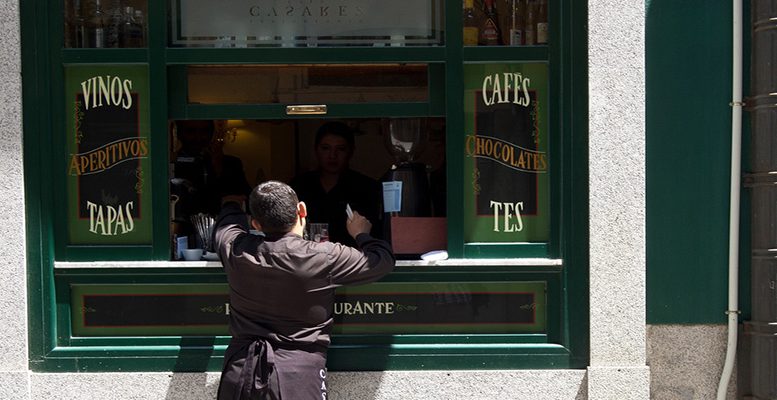Caretaker Prime Minister Mariano Rajoy is stubbornly holding on to his target-promise that Spain can create 20 million jobs by 2020 if the current economic policy is maintained. But the reality of the Spanish economy is just as obstinately demonstrating that there are very considerable holes.
These holes are reflected in an undesirable seasonality in the unemployment data which no-one appears prepared to sort. The latest figures show that the number of jobless people rose by 14,435 in August from a year earlier and nearly 145,000 jobs were destroyed. The worst month of August since 2008.
Of course the figures are liable to be the object of a political spin, so there is no lack of people reminding us that such negative figures, reflecting a very marked seasonal effect, are better than those of the previous year, when unemployment rose by 21,679 people. And that in spite of everything, the total number of unemployed stood at 3.69 million, “the lowest figure recorded for the month of August since 2009.” The Spanish economy has a reasonably diversified structure, according to the experts. But the fact is that there have not been a sufficient number of jobs linked to the summer season, with record tourism figures, to offset the decline in almost all the other sectors of the economy like education, industry or construction.
The Spanish economy has a strong seasonality component for which no-one seems to have a solution, despite the fact that on too many occasions re-industrialisation projects have been promised and carried out. But they have ended up becoming a drain for subsidies. It would seem essential to improve the current ratio, given that industry’s contribution to any country’s economy is particularly important.
According to National Accounting data, the Spanish economy’s outsourcing process has been especially significant since the last few years under Franco, although on a par with the majority of other western countries. That said, the industrial sector in southern European countries like France, Italy or Spain has lost much more momentum than in those countries in central and northern Europe like Germany, Holland or Finland.
So that’s the way it goes. Since 1970, the services sector has been on the up and up, accounting for 75% of GDP in 2015 compared with 46%. For its part, industry has declined 17 percentage points, accounting for 17% of GDP; agriculture a mere 2.5%, down 8 percentage points, while construction seems to have stabilised as of now at around 5.5%
In terms of employment, industry has gone from accounting for 25.3% to 13.6%; the services sector has gone from 36.5% to 76.2%, while construction accounts for 5.8%, although it reached 12% in 2000. And, finally, agriculture accounts for 4.3%, having reached nearly 30% in 1970.
Let’s also remember something which is repeated a lot: in Spain there are 260,000 bars, which implies that there is bar for every 175 citizens. But in places like Mogán, in Gran Canaria, there is a bar for every 46 people living there.
*Image: backseatpilot via Foter.com / CC BY-NC-SA





